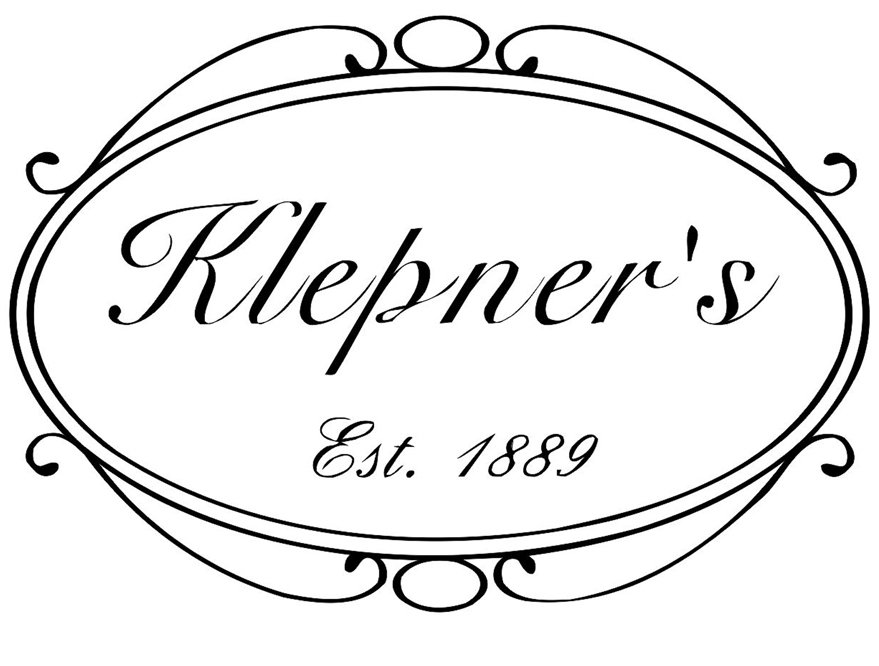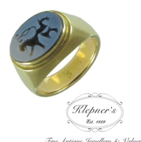Opal is hydrated amorphous silica (SiO2.nH2O), there are
two basic forms of opal described by visual appearance:
OPAL CLASSIFICATION:
The GemmologicalAssociation of Australia (GAA) Opal Classification system.
In 1991 The GAA was asked to produce a classification system for opal, our national gemstone. The resulting system has been adopted world wide by the world jewellery congress (CIBJO).
Precious Opal:
Opal which exhibits the phenomena known as “play of colour” and is produced by diffraction light due a micro-structure of orderly arranged silica spheres.
Common or Potch Opal:
Opal which does not show a “play of colour”. The distinction between common opal and potch opal is based on formation and structure. Potch opal is structurally similar to precious opal but has a disorderly sphere arrangement. Common opal shows some degree of micro crystallinity.
Types of Natural Opal
Type1:
Opal presented in one piece in its natural state other than cutting or polishing and encompasses all opal of the same state or structure and of substantially homogenous chemical composition.
Type 2:
Opal presented in one piece where the opal is naturally attached to the host rock in which it was formed where the host rock is of a different chemical composition and is known as "Boulder Opal".
Type 3:
Opal presented in one piece where the opal is intimately diffused as infillings of pores or holes or between grains of the host rock in which it was formed and is known as "Matrix Opal".
Varieties of Natural Opal:
The variety of natural opal is determined by the two characteristics of body tone and transparency.
Body Tone:
The body tone of an opal is different to the "playof colour" displayed in precious opals. There are three varieties of natural opal based on body tone. Body tone refers to the relative darkness or lightness of the opal when ignoring the "play of colour".
Black opal is the family of precious opal which shows a "play of colour" within or on a black or dark grey body colour when viewed face up and may be designated N1, N2, N3 or N4. (see table below).
Dark opal is the family of opal which shows "play of colour"within or on a dark or medium dark body tone when viewed face up and may be designated N5 or N6. (see table below)
Light opal is the family of opal which shows a"play of colour"within or on a light body when viewed face up and may be designated N7, N8 or N9. The category N9 is referred to as white opal. (see table below).
The Body Tone Scale:
The boxes below represent approximate values of body tone in equal 10% intervals from black to white. This is in agreement with all known colour science tables for tone. It is illustrated in the commercially available Geological Society of America. The A.G.I.A. body tone scale is being developed using computer graphics and when available will correlate with these charts.
TRANSPARENCY
Opal shows all forms of diaphaneity and ranges from transparent to opaque. Precious opals which are transparent through to semi-transparent are known as crystal opal. Crystal opals can also have either a black, dark or light body tone. The term “crystal” in this context refers to appearance not a crystalline structure.
OPAL TREATMENTS
Opal can be subjected to various types of treatment. Present CIBJO guidelines state that any method of treatment other than standard cutting and polishing must be disclosed and the process used specified on all invoices, advertising and commercial documents. Types of treatments include colour enhancement, heating, painting, dying, resins, waxes, oiling or durability (see discussion on composite opals.) Opal body tone is often enhanced (usually altered to appear darker). In some opal inlay jewellery where usually a thin piece of crystal opal is painted black or black glue for example is used to cement the opal in jewellery.
COMPOSITE NATURAL OPAL
Doublet Opals are composites consisting of two pieces where a slice of natural opal is cemented onto a dark base material.
Triplet Opal are a composition of three pieces where a thin slice of natural opal is cemented to a dark base material and a transparent top layer usually glass or quartz.
Mosaic Opal & Chip Opals are a composition of small flat or irregularly shaped natural opal pieces cemented as a mosaic tile on a dark base material encompassed in a resin.
OTHER CATEGORIES OF OPAL
SYNTHETIC OPAL
Synthetic opal is material that has essentially the same chemical composition and physical structure as natural opal but has been made by laboratory or industrial process. Synthetic composites exist as synthetic doublets, triplets or mosaics and must be disclosed as synthetic opal composites.
IMITATION OPAL
Imitation Opal is material which imitates the“play of colour” of natural opal, but does not have the same physical and chemical structure or gemological constants as natural opal.
CLASSIFICATION REPORTS
Classification reports for the following types of opal should include these details:-
Natural Opal
1. Type of opal
2. Variety of opal as Black opal, Dark opal or Light opal with a body classification from N1 (Black) to N9 (White) based on the Body Tone Chart.
3. Transparency opaque, translucent or transparent. Note if the specimen is crystal opal.
4. Type of treatment and process if known.
5. Weight and Dimensions
Composite Opal
1. Type of composite as doublet, triplet, mosaic, or chip opal
2. Treatment process, where relevant
3. Dimensions
Synthetic and Imitation
1. Gemmological category including manufacturer (if Known)
2. Description (Body Tone)
3. If Composite, mention type as doublet, triplet, mosaic or chip
4. Weight and dimensions, only if composite.
ORIGIN
Any indication of the origin of opal by the use of geographical location should not be used unless it is qualified as an indication of the TYPE of locality only as recommended by C.I.B.J.O. (e.g. Lightning Ridge type black opal).











